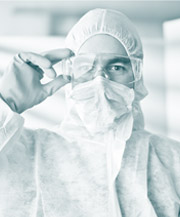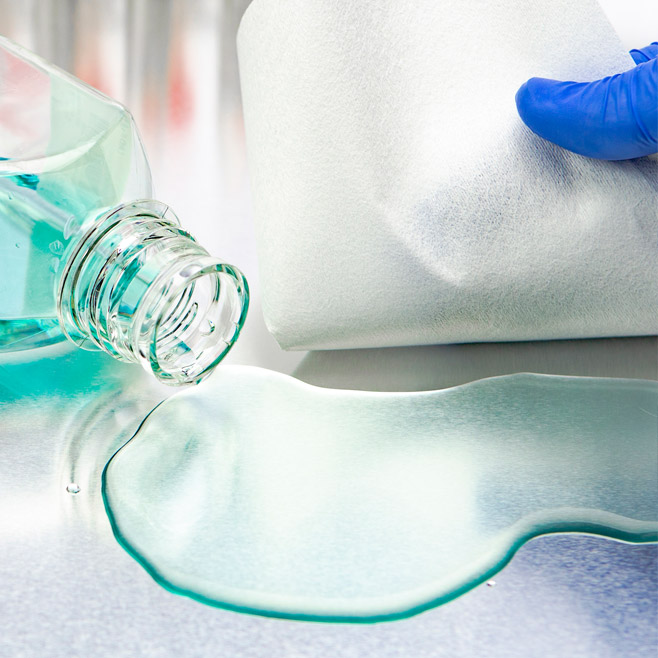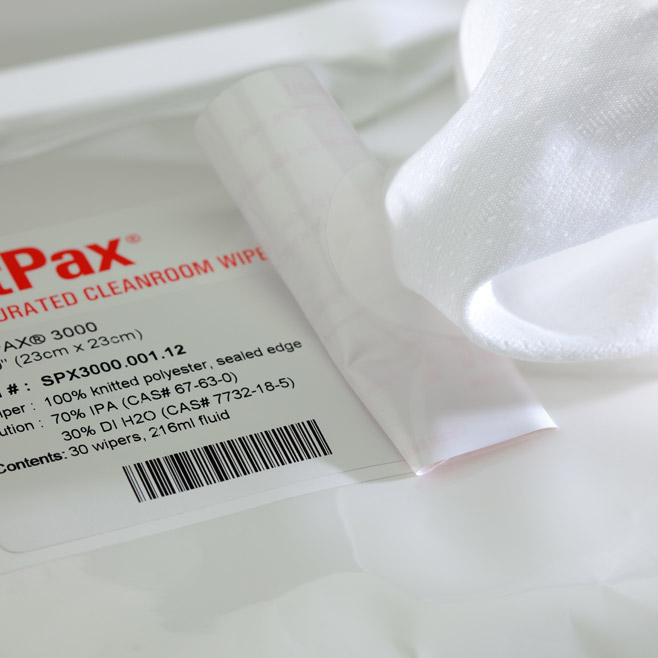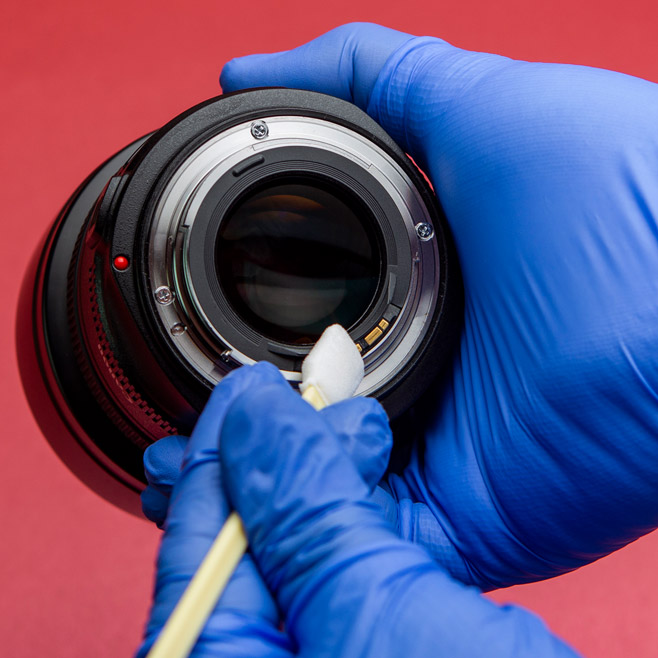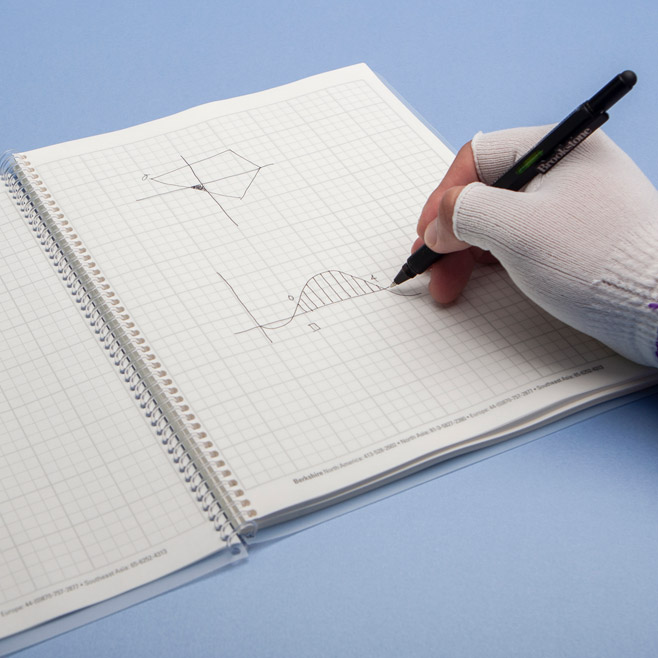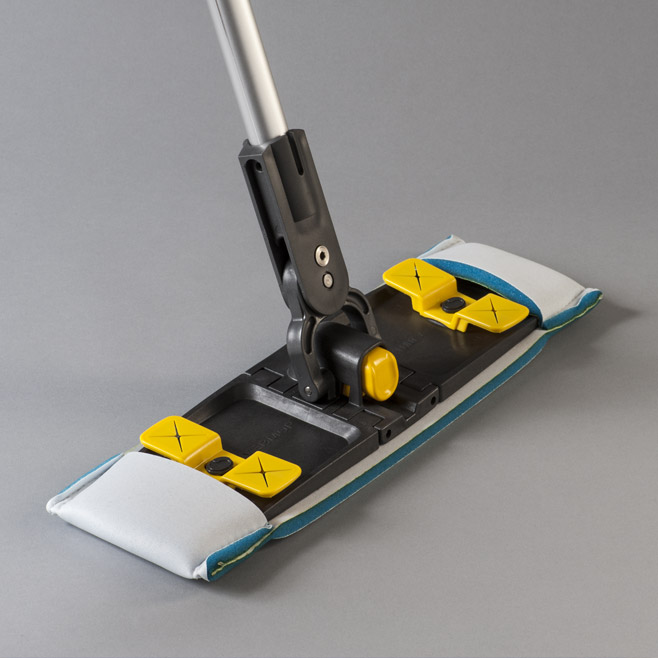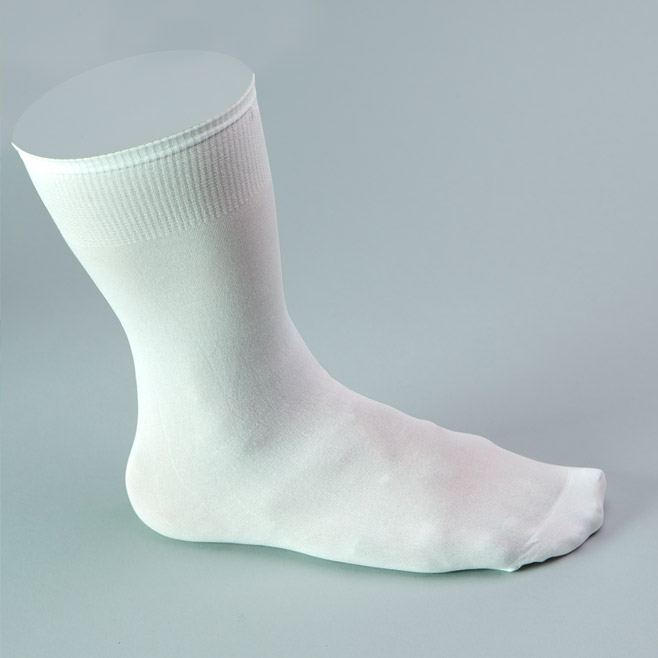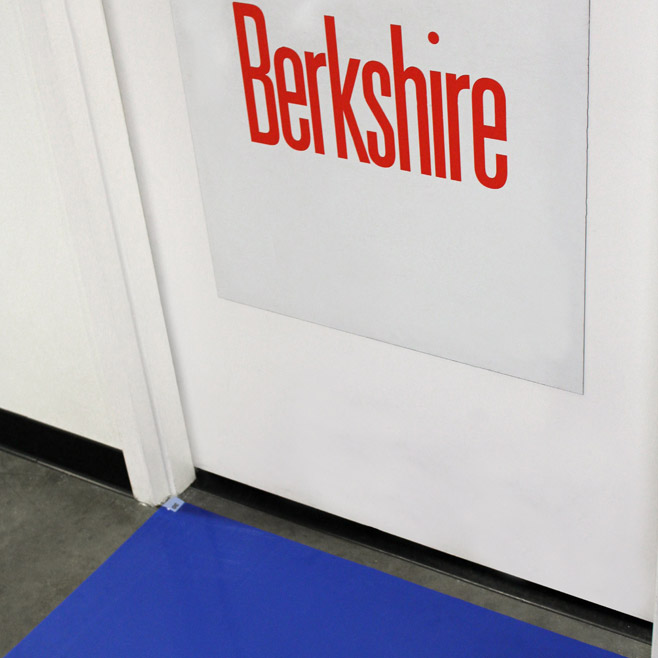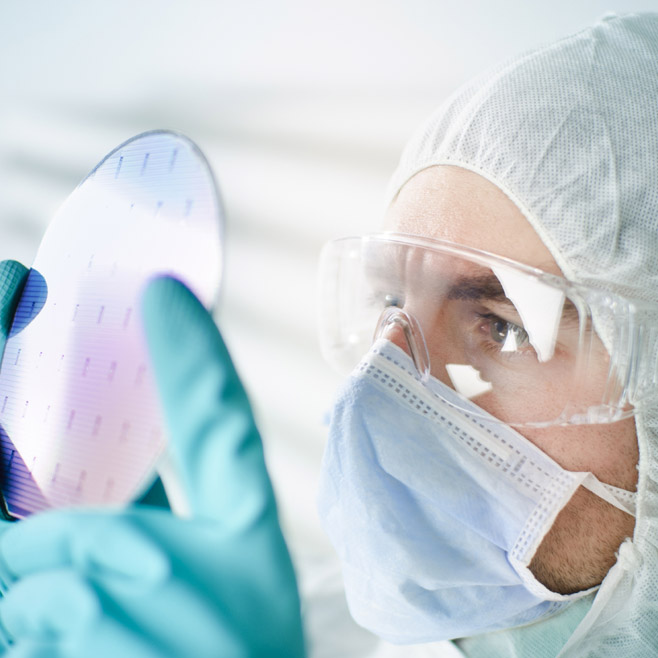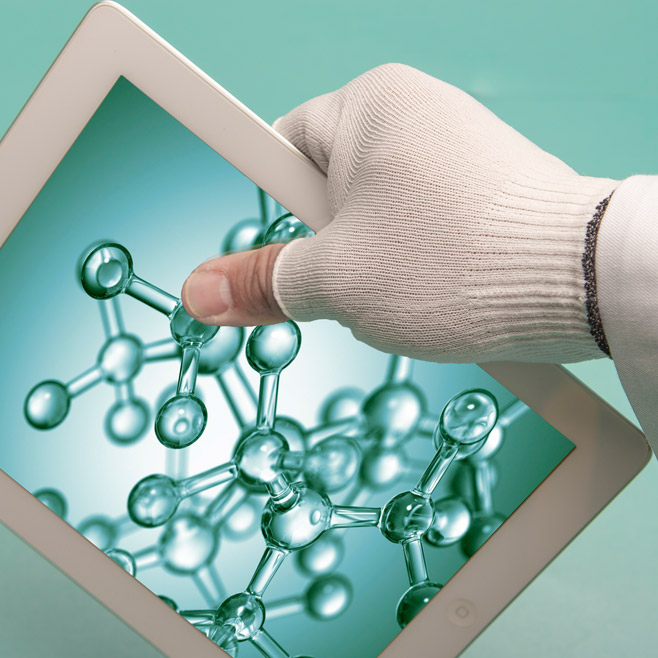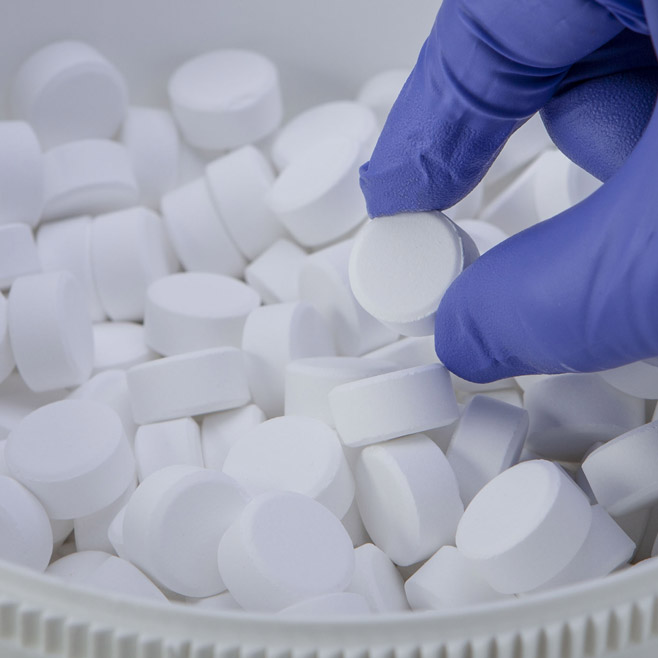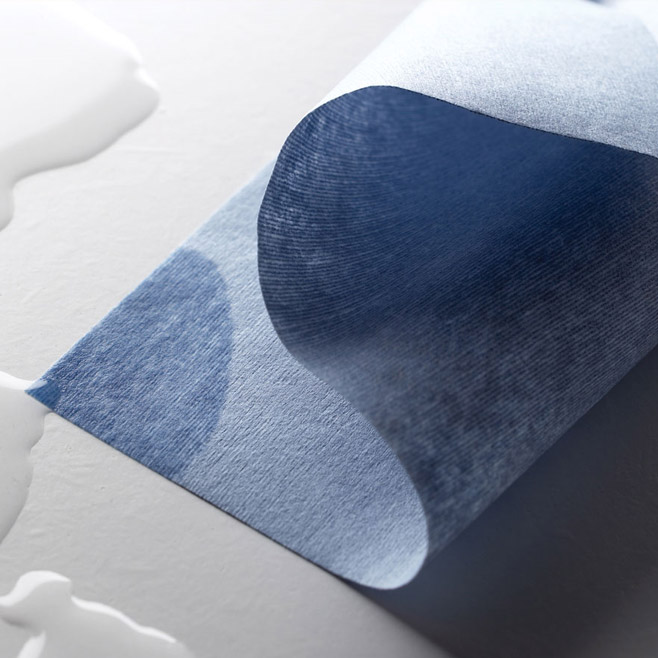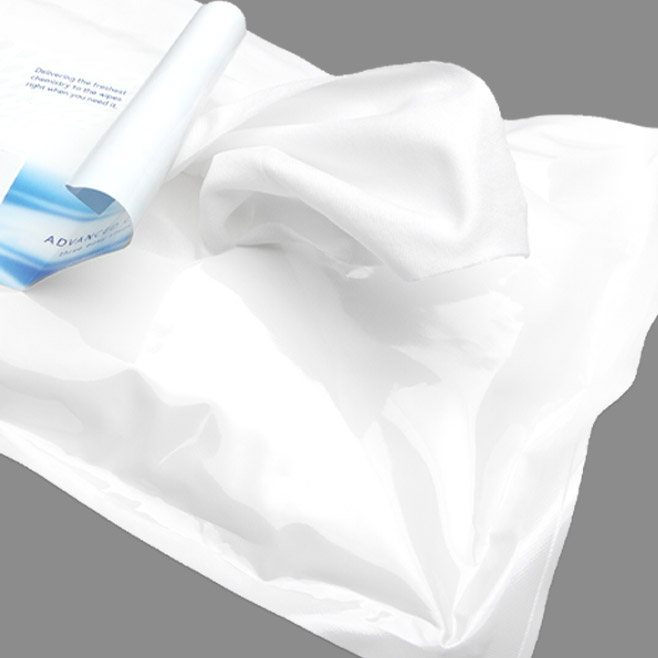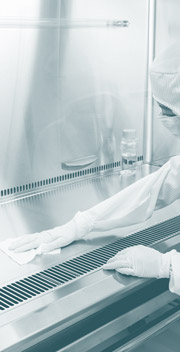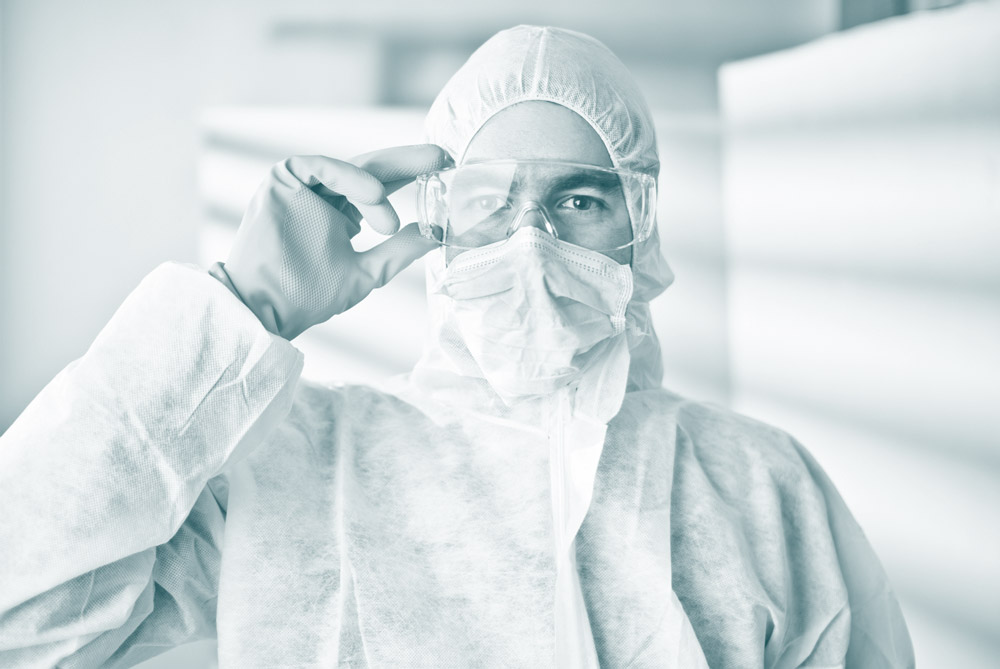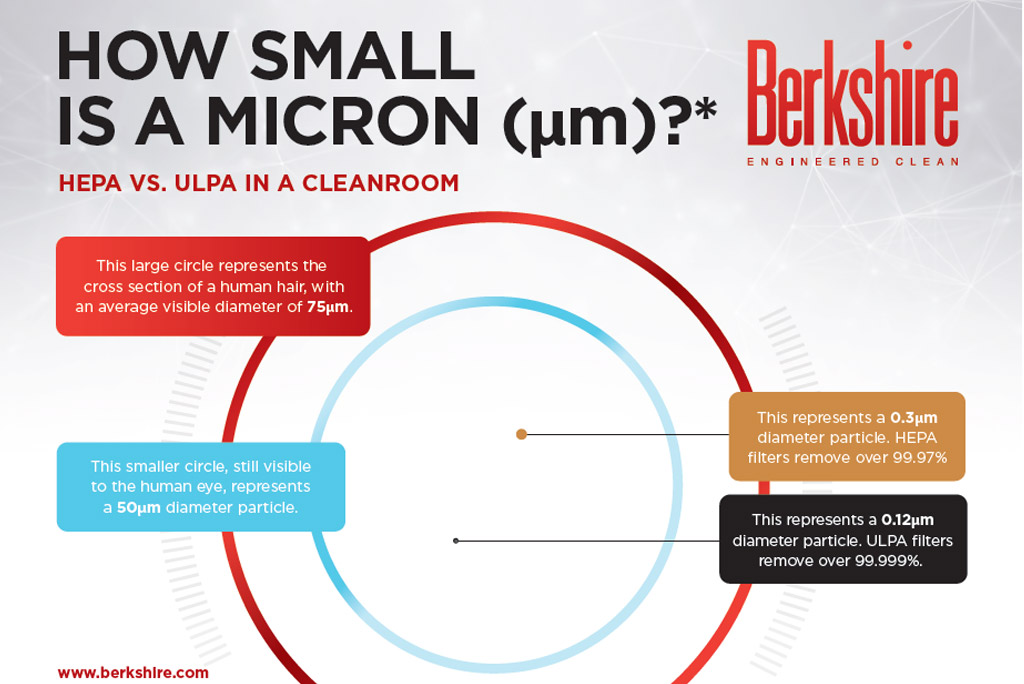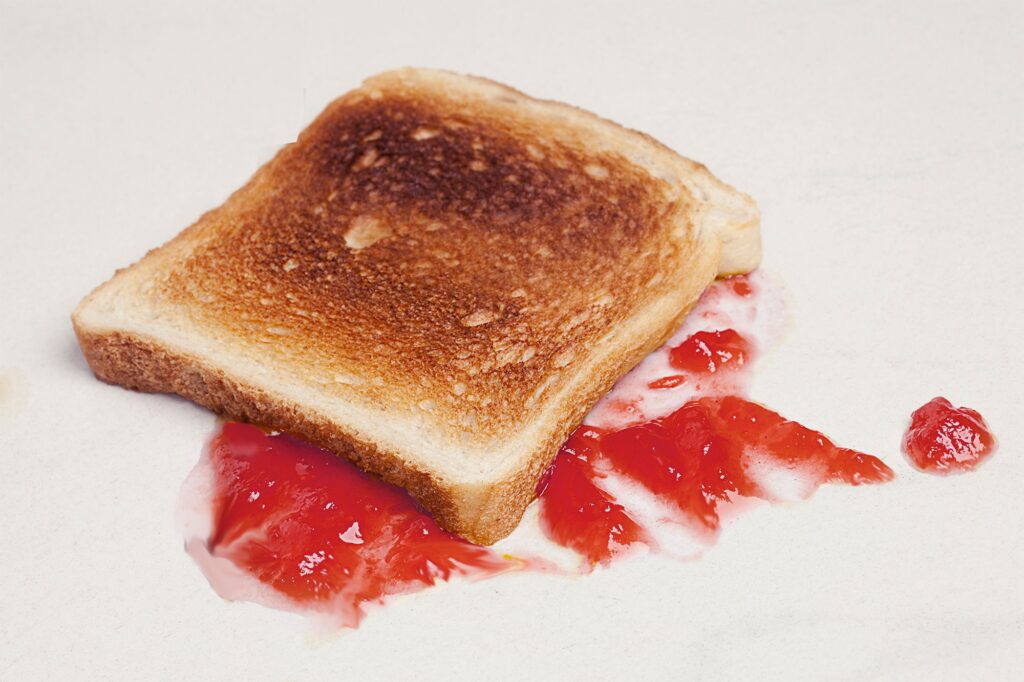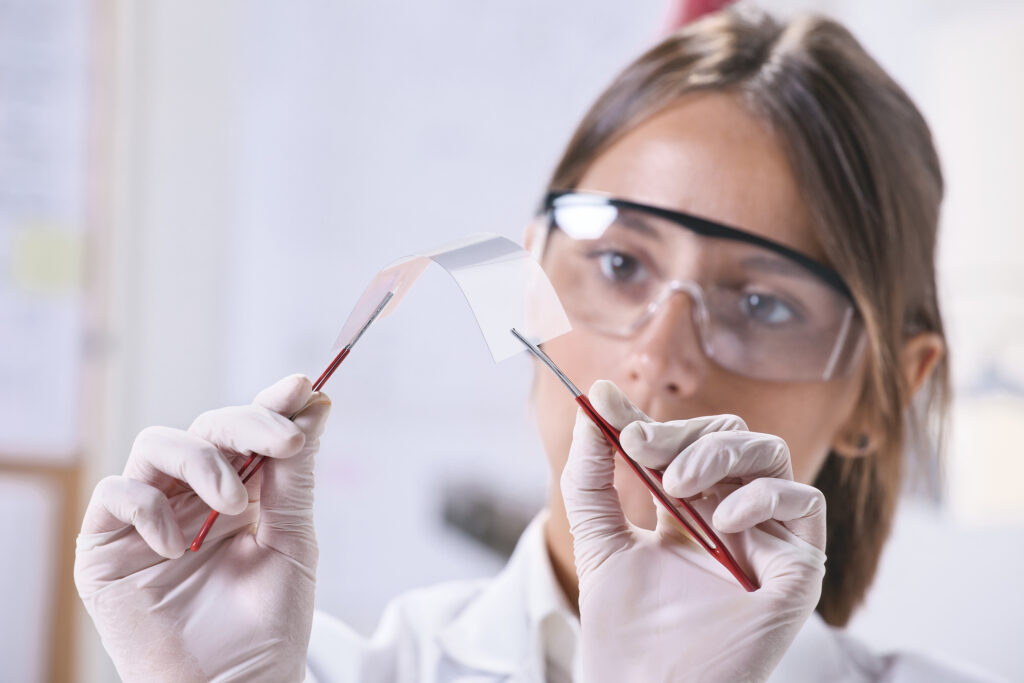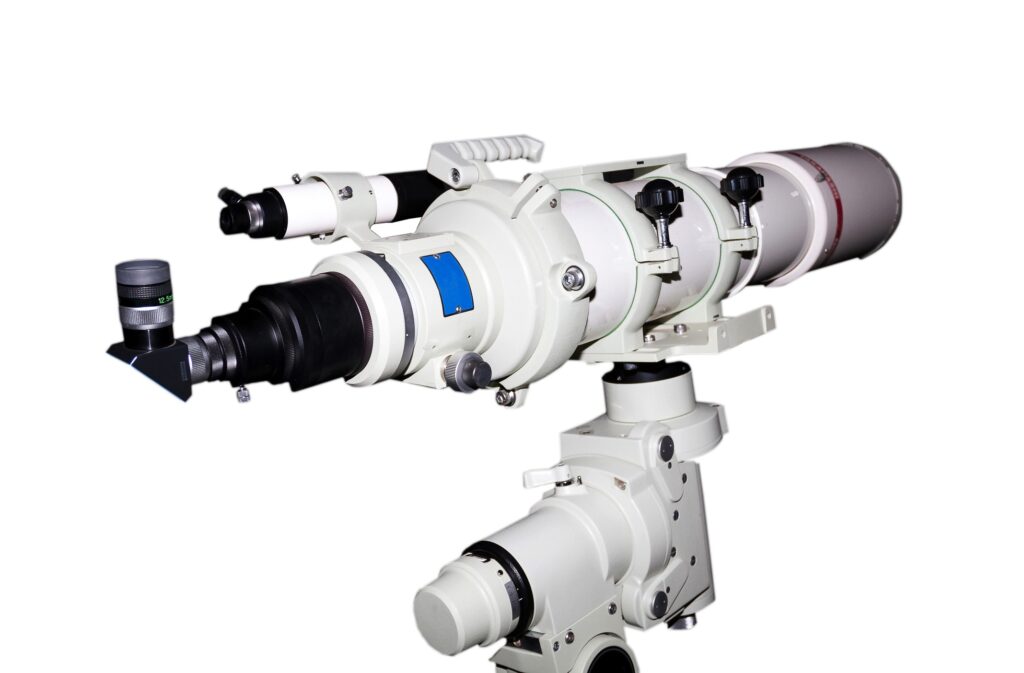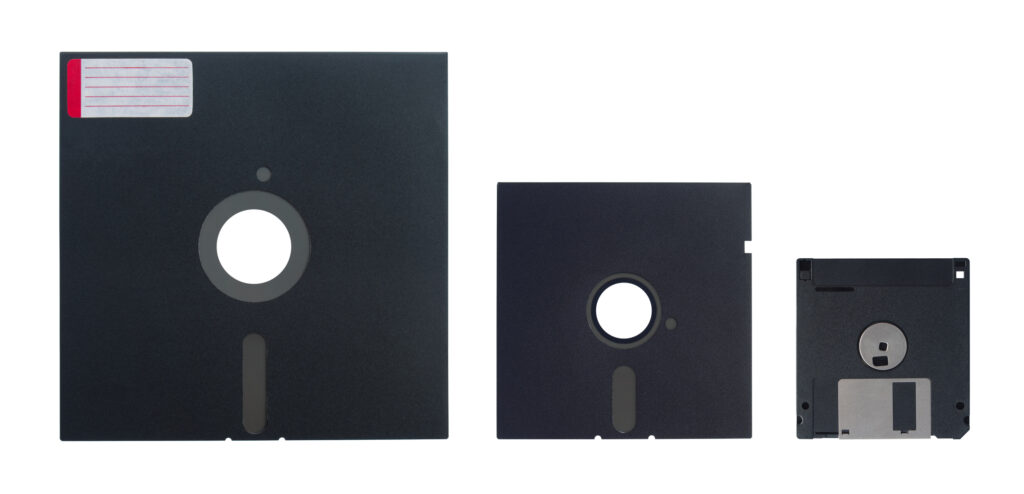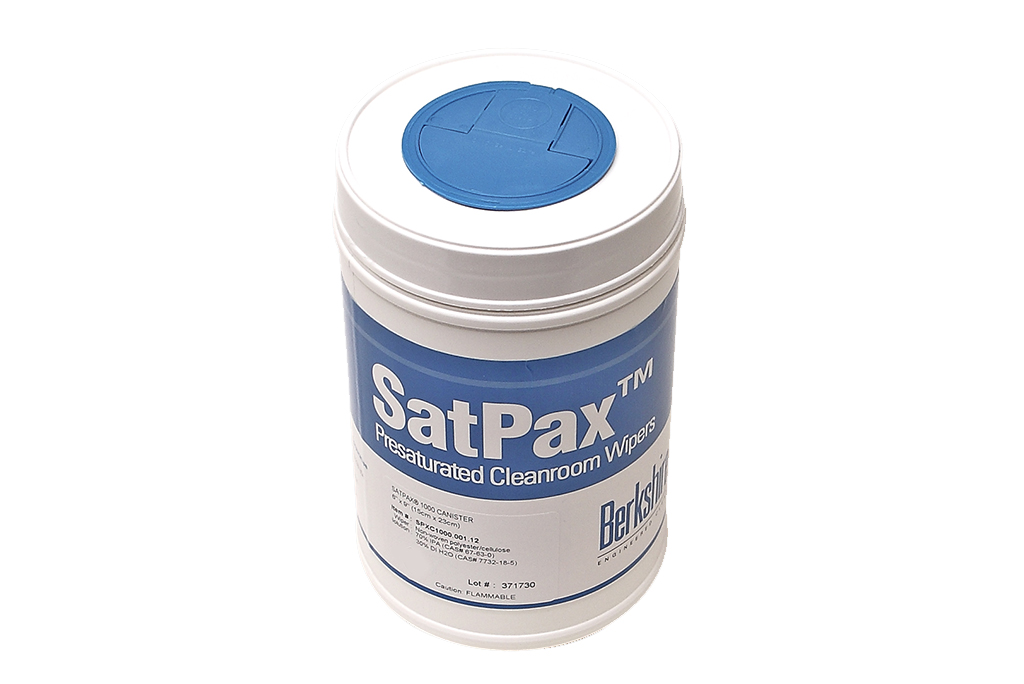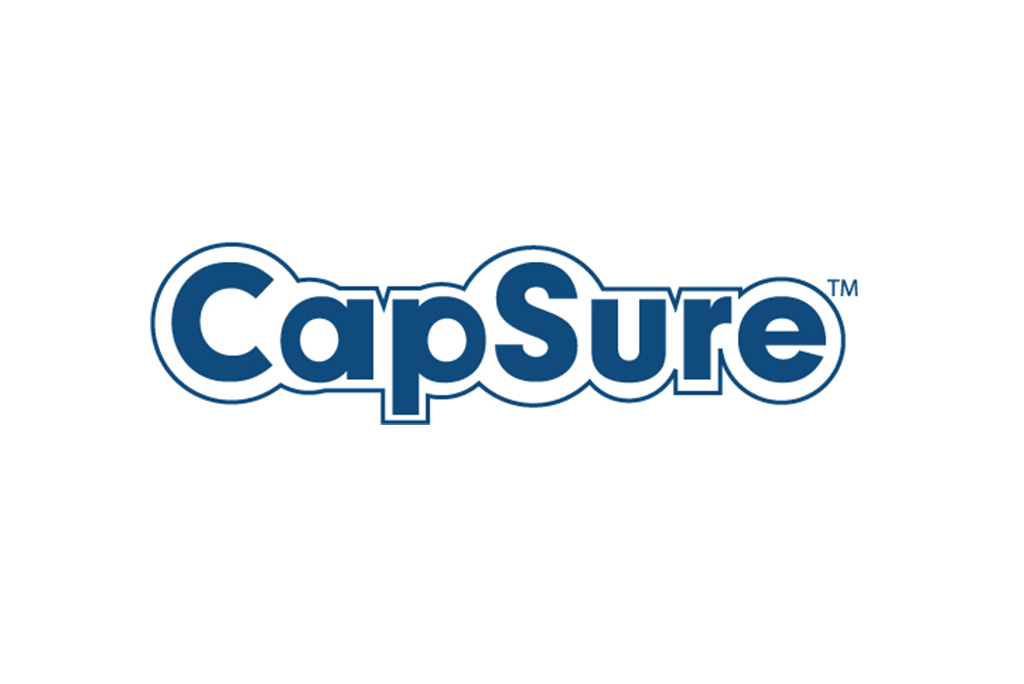HEPA VS. ULPA IN A CLEANROOM 1. This large circle represents the cross section of a human hair, with an average visible diameter of 75μm. 2. This smaller circle, still visible to the human eye, represents a 50μm diameter particle. 3. This represents a 0.3μm diameter particle. HEPA filters remove over 99.97% 4. This represents [Read More…]
Tag Archives: Microelectronics
Your toast lands jelly side down on the floor. Could there be a more dramatic example of the contact transfer phenomenon described in “Particles on Surfaces 103”? You have no difficulty seeing the transfer of jelly to the floor and you can easily imagine that there is a simultaneous transfer of floor bacteria onto the [Read More…]
Faced with the problem of removing small bits of contamination in the cleanroom, you would probably have to invent the swab if it didn’t already exist. You would soon find that this little “wiper on a stick” would also prove invaluable in cleaning delicate mechanisms, in precision surface cleaning and in removing residues in hard-to-reach [Read More…]
Flatland: A Romance in Many Dimensions is a novella exploring the world through the eyes of ‘A Square,’ a character who exists in only two dimensions. A Square lives in Flatland, a world conceptualized by writer Edwin A. Abbott in 1884 as a critical commentary upon the hierarchical nature of the rigidly stratified society of [Read More…]
Here at Berkshire, we love technology. From the AI of semi-autonomous cars to the bug-zapping power of the IV hospital robots, we are inspired and motivated by the creative ways in which technology is positioned to improve our lives. And it’s not just in industrial settings. We also have a passion for technology in the [Read More…]
Question Do you have cleanroom swabs that are free of DOP? Answer All Berkshire’s Lab-Tip® swabs have no detected DOP. Our suppliers are required to test for this and report the passed test results and provide a COA (Certificate of Analysis) indicating the absence of detectable DOP. Did You Know? DOP (dioctyl phthalate) is used to improve [Read More…]
In a world of magnets and miracles, step back in time with us for a moment as we return to America of 1956. The Eisenhower Administration had just entered into what was to become the Vietnam War; it was a time of mounting political turmoil but of economic surety. Society was re-emerging from its post-war [Read More…]
Let’s start with a quick story titled “The Mystery of the Talking Plant”. On a dry, wintry day a son calls out to Mom. MOM!!! The plant in the living room is talking to me, really! “What?” “No, seriously Mom. I had just finished vacuuming and the plant next to me started making a buzzing [Read More…]
Q: Can the SatPax® 1000 canister be autoclaved? A: The canister is made from HDPE (high density polyethylene) and therefore cannot be autoclaved. The canister could melt and contaminate the autoclave chamber. It can be gamma irradiated and Berkshire would recommend 25kGy as a minimum dose.
Q: Do CapSure® wipers leave a residue on surfaces? A: CapSure® treated wipers are not tacky, sticky or stiff and will not leave a residue on surfaces being cleaned. The patented (#8,431,497) surface treatment enables the wiper to capture and retain more particulate contamination than untreated wipers. The color, surface texture and hand of the laundered knit [Read More…]


